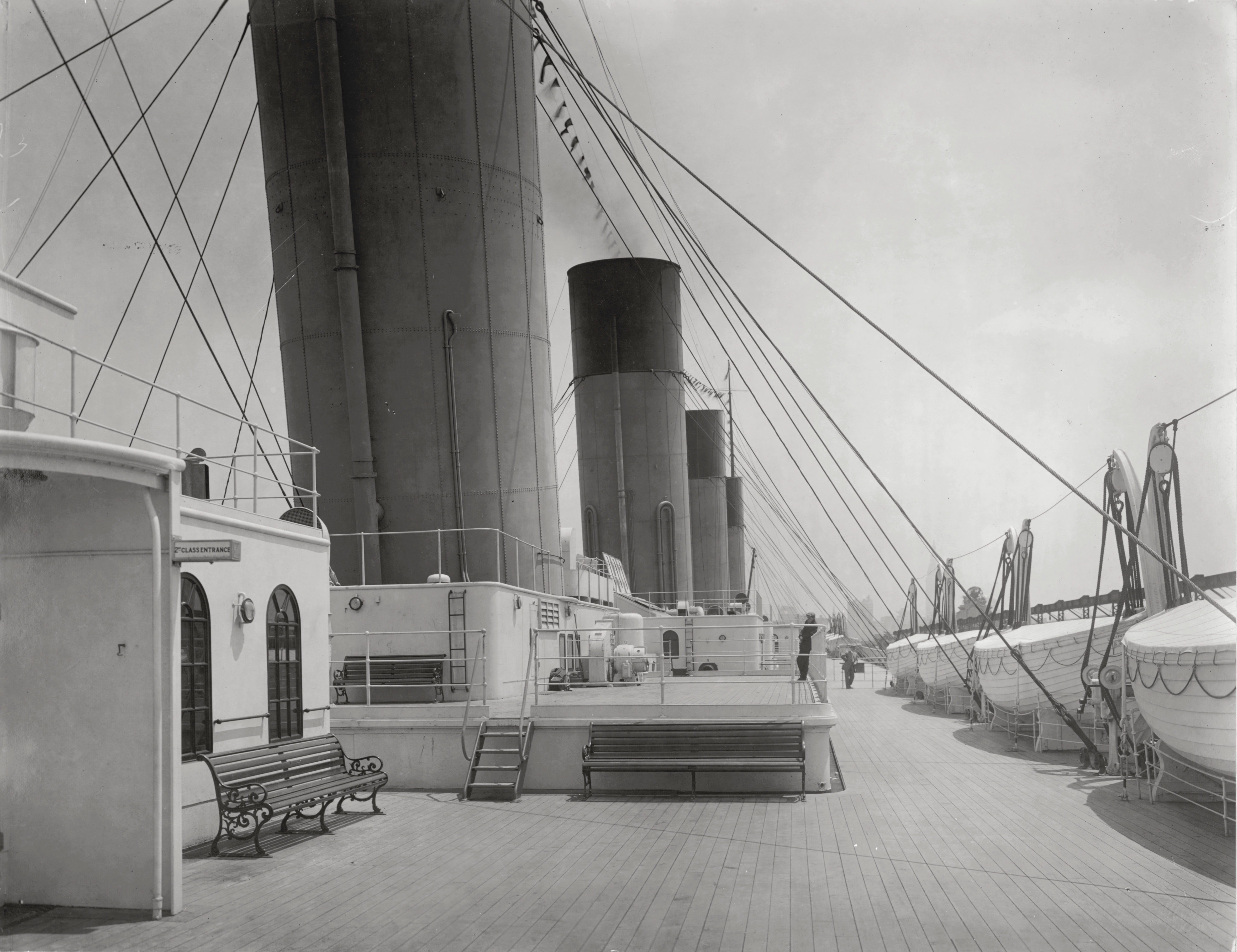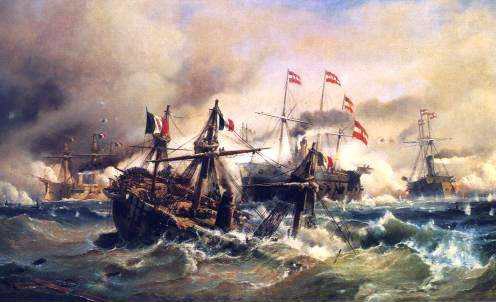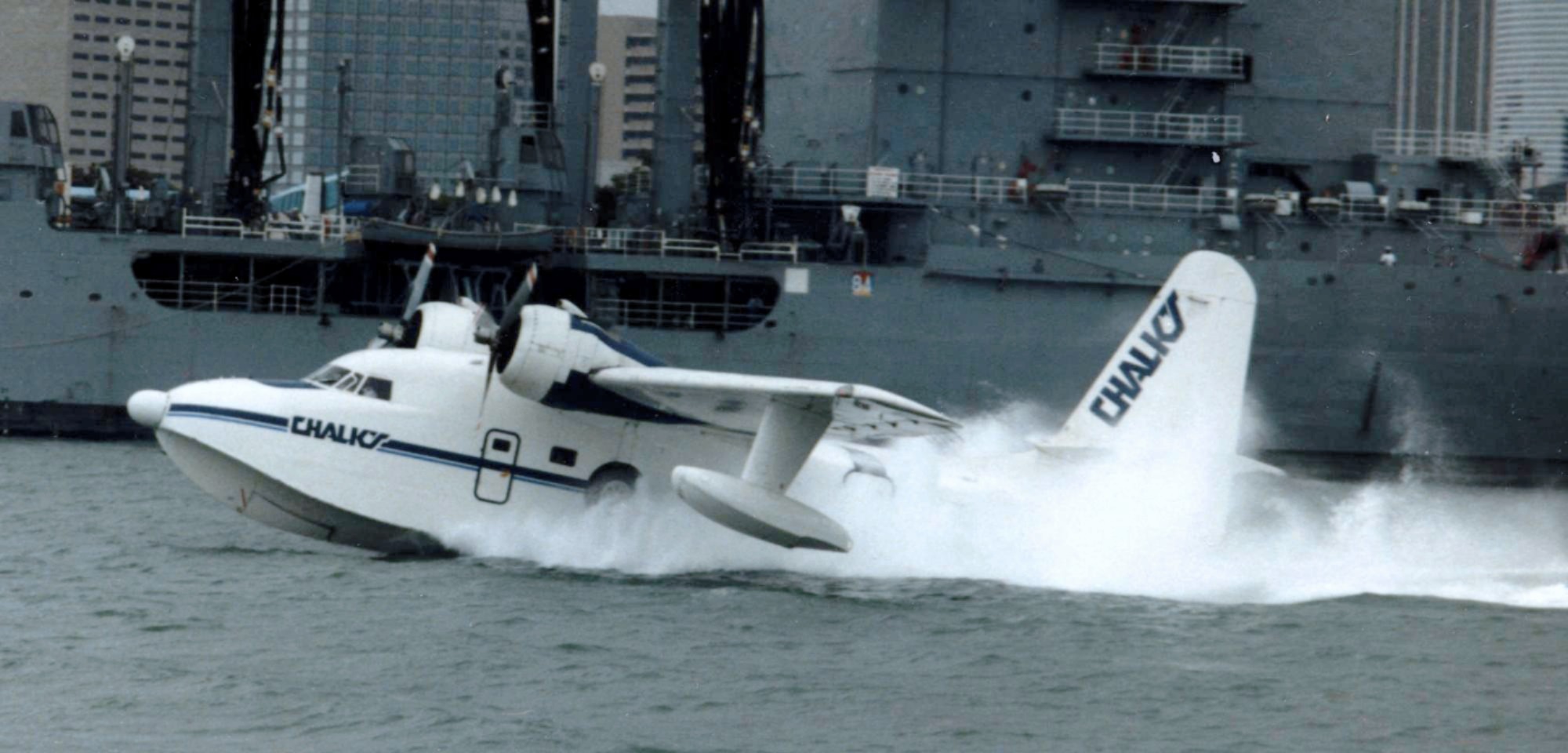|
Italian Cruiser Trento
''Trento'' was the first of two s; they were the first heavy cruisers built for the Italian ''Regia Marina'' (Royal Navy). The ship was keel laying, laid down in February 1925, ceremonial ship launching, launched in October 1927, and was ship commissioning, commissioned in April 1929. ''Trento'' was very lightly armored, with only a thick armored belt, though she possessed a high speed and heavy main battery of eight guns. Though nominally built under the restrictions of the Washington Naval Treaty, the two cruisers significantly exceeded the Displacement (ship), displacement limits imposed by the treaty. ''Trento'' frequently served as the flagship of the Cruiser Division throughout the 1930s. During the pre-war period, she also made lengthy trips abroad, including a tour of South America from May to October 1929 and a deployment to China from January to June 1932 to protect Italian nationals during the Chinese Civil War. She also took part in numerous naval reviews held for ... [...More Info...] [...Related Items...] OR: [Wikipedia] [Google] [Baidu] |
Kingdom Of Italy
The Kingdom of Italy (, ) was a unitary state that existed from 17 March 1861, when Victor Emmanuel II of Kingdom of Sardinia, Sardinia was proclamation of the Kingdom of Italy, proclaimed King of Italy, until 10 June 1946, when the monarchy was abolished, following civil discontent that led to an 1946 Italian institutional referendum, institutional referendum on 2 June 1946. This resulted in a modern Italian Republic. The kingdom was established through the unification of several states over a decades-long process, called the . That process was influenced by the House of Savoy, Savoy-led Kingdom of Sardinia (1720–1861), Kingdom of Sardinia, which was one of Italy's legal Succession of states, predecessor states. In 1866, Italy Third Italian War of Independence, declared war on Austrian Empire, Austria in Italo-Prussian Alliance, alliance with Kingdom of Prussia, Prussia and, upon its victory, received the region of Veneto. Italian troops Capture of Rome, entered Rome in 1870, ... [...More Info...] [...Related Items...] OR: [Wikipedia] [Google] [Baidu] |
Deck (ship)
A deck is a permanent covering over a Compartment (ship), compartment or a hull (watercraft), hull of a ship. On a boat or ship, the primary or upper deck is the horizontal structure that forms the "roof" of the hull, strengthening it and serving as the primary working surface. Vessels often have more than one level both within the hull and in the superstructure above the primary deck, similar to the floors of a multi-storey building, that are also referred to as decks, as are certain compartments and decks built over specific areas of the superstructure. Decks for some purposes have specific names. Structure The main purpose of the upper or primary deck is structural, and only secondarily to provide weather-tightness and support people and equipment. The deck serves as the lid to the complex box girder which can be identified as the hull. It resists Tension (physics), tension, Compression (physics), compression, and racking forces. The deck's scantling is usually the same as t ... [...More Info...] [...Related Items...] OR: [Wikipedia] [Google] [Baidu] |
Displacement (ship)
The displacement or displacement tonnage of a ship is its weight. As the term indicates, it is measured indirectly, using Archimedes' principle, by first calculating the volume of water displaced by the ship, then converting that value into weight. Traditionally, various measurement rules have been in use, giving various measures in long tons. Today, tonnes are more commonly used. Ship displacement varies by a vessel's degree of load, from its empty weight as designed (known as "lightweight tonnage") to its maximum load. Numerous specific terms are used to describe varying levels of load and trim, detailed below. Ship displacement should not be confused with measurements of volume or capacity typically used for commercial vessels and measured by tonnage: net tonnage and gross tonnage. Calculation The process of determining a vessel's displacement begins with measuring its draft.George, 2005. p. 5. This is accomplished by means of its "draft marks". A merchant vessel has t ... [...More Info...] [...Related Items...] OR: [Wikipedia] [Google] [Baidu] |
Washington Naval Treaty
The Washington Naval Treaty, also known as the Five-Power Treaty, was signed during 1922 among the major Allies of World War I, Allies of World War I, which agreed to prevent an arms race by limiting Navy, naval construction. It was negotiated at the Washington Naval Conference in Washington, D.C. from November 1921 to February 1922 and signed by the governments of the British Empire (including the United Kingdom, Canada, Australia, New Zealand, South Africa and India), United States, French Third Republic, France, Kingdom of Italy, Italy, and Empire of Japan, Japan. It limited the construction of battleships, battlecruisers and aircraft carriers by the signatories. The numbers of other categories of warships, including cruisers, destroyers, and submarines, were not limited by the treaty, but those ships were limited to 10,000 tons displacement (ship), displacement each. The treaty was finalized on February 6, 1922. Ratifications of it were exchanged in Washington on August 17, 1 ... [...More Info...] [...Related Items...] OR: [Wikipedia] [Google] [Baidu] |
Main Battery
A main battery is the primary weapon or group of weapons around which a warship is designed. As such, a main battery was historically a naval gun or group of guns used in volleys, as in the broadsides of cannon on a ship of the line. Later, this came to be turreted groups of similar large-caliber naval rifles. With the evolution of technology the term has come to encompass guided missiles and torpedoes as a warship's principal offensive weaponry, deployed both on surface ships and submarines. A main battery features common parts, munition and fire control system across the weapons which it comprises. Description In the age of cannon at sea, the main battery was the principal group of weapons around which a ship was designed, usually its heavies. With the coming of naval rifles and subsequent revolving gun turrets, the main battery became the principal group of heaviest guns, regardless of how many turrets they were placed in. As missiles displaced guns both above and belo ... [...More Info...] [...Related Items...] OR: [Wikipedia] [Google] [Baidu] |
Armored Belt
Belt armor is a layer of heavy metal armor plated onto or within the outer hulls of warships, typically on battleships, battlecruisers and cruisers, and aircraft carriers. The belt armor is designed to prevent projectiles from penetrating to the heart of a warship. When struck by an artillery shell or underwater torpedo, the belt armor either absorbs the impact and explosion with its sheer thickness and strength, or else uses sloping to redirect the projectile and its blast downwards. Typically, the main armor belt covers the warship from its main deck down to some distance below the waterline. If, instead of forming the outer hull, the armor belt is built inside the hull, it is installed at a sloped angle for improved protection, as described above. The torpedo bulkhead Frequently, the main belt's armor plates were supplemented with a torpedo bulkhead spaced several meters behind the main belt, designed to maintain the ship's watertight integrity even if the main belt wa ... [...More Info...] [...Related Items...] OR: [Wikipedia] [Google] [Baidu] |
Ship Commissioning
Ship commissioning is the act or ceremony of placing a ship in active service and may be regarded as a particular application of the general concepts and practices of project commissioning. The term is most commonly applied to placing a warship in active duty with its country's military forces. The ceremonies involved are often rooted in centuries-old naval tradition. Ship naming and launching endow a ship hull with her identity, but many milestones remain before it is completed and considered ready to be designated a commissioned ship. The engineering plant, weapon and Electronics, electronic systems, Galley (kitchen), galley, and other equipment required to transform the new hull into an operating and habitable warship are installed and tested. The prospective commanding officer, ship's officers, the petty officers, and seamen who will form the crew report for training and familiarization with their new ship. Before commissioning, the new ship undergoes sea trials to identify a ... [...More Info...] [...Related Items...] OR: [Wikipedia] [Google] [Baidu] |
Ceremonial Ship Launching
Ceremonial ship launching involves the performing of ceremonies associated with the process of transferring a vessel to the water. It is a nautical tradition in many cultures, dating back millennia, to accompany the physical process with ceremonies which have been observed as public celebration and a solemn blessing, usually but not always, in association with the launch itself. Ship launching imposes stresses on the ship not met during normal operation and in addition to the size and weight of the vessel represents a considerable engineering challenge as well as a public spectacle. The process also involves Sailors' superstitions, many traditions intended to invite good luck, such as baptism#Boats and ships, christening by breaking a sacrificial bottle of champagne over the bow (ship), bow as the ship is named aloud and launched. Methods There are three principal methods of conveying a new ship from building site to water, only two of which are called "launching". The ol ... [...More Info...] [...Related Items...] OR: [Wikipedia] [Google] [Baidu] |
Keel Laying
Laying the keel or laying down is the formal recognition of the start of a shipbuilding, ship's construction. It is often marked with a ceremony attended by dignitaries from the shipbuilding company and the ultimate owners of the ship. Keel laying is one of the four specially celebrated events in a ship's life; the others are Ceremonial ship launching, launching, Ship commissioning, commissioning, and Ship decommissioning, decommissioning. Earlier, the event recognized as the keel laying was the initial placement of the central timber making up the backbone of a vessel, called the keel. As steel ships replaced wooden ones, the central timber gave way to a central steel beam. Modern ships are most commonly built in a series of pre-fabricated, complete hull sections rather than around a single keel. The event recognized as the keel laying is the first joining of modular components, or the lowering of the first module into place in the building dock. It is now often called "keel ... [...More Info...] [...Related Items...] OR: [Wikipedia] [Google] [Baidu] |
Regia Marina
The , ) (RM) or Royal Italian Navy was the navy of the Kingdom of Italy () from 1861 to 1946. In 1946, with the birth of the Italian Republic (''Repubblica Italiana''), the changed its name to '' Marina Militare'' ("Military Navy"). Origins The was established on 17 March 1861 following the proclamation of the formation of the Kingdom of Italy. Just as the Kingdom was a unification of various states in the Italian peninsula, so the was formed from the navies of those states, though the main constituents were the navies of the former kingdoms of Sardinia and Naples. The new Navy inherited a substantial number of ships, both sail- and steam-powered, and the long naval traditions of its constituents, especially those of Sardinia and Naples, but also suffered from some major handicaps. Firstly, it suffered from a lack of uniformity and cohesion; the was a heterogeneous mix of equipment, standards and practice, and even saw hostility between the officers from the various f ... [...More Info...] [...Related Items...] OR: [Wikipedia] [Google] [Baidu] |
Heavy Cruiser
A heavy cruiser was a type of cruiser, a naval warship designed for long range and high speed, armed generally with naval guns of roughly 203 mm (8 inches) in calibre, whose design parameters were dictated by the Washington Naval Treaty of 1922 and the London Naval Treaty of 1930. Heavy cruisers were generally larger, more heavily armed and more heavily armoured than light cruisers while being smaller, faster, and more lightly armed and armoured than battlecruisers and battleships. Heavy cruisers were not considered capital ships, unlike battlecruisers, battleships, and fleet carriers. Heavy cruisers were assigned a variety of roles ranging from commerce raiding to serving as 'cruiser-killers,' i.e. hunting and destroying similarly sized ships. The heavy cruiser is part of a lineage of ship design from 1915 through the early 1950s, although the term "heavy cruiser" only came into formal use in 1930. The heavy cruiser's immediate precursors were the light cruiser design ... [...More Info...] [...Related Items...] OR: [Wikipedia] [Google] [Baidu] |
Seaplane
A seaplane is a powered fixed-wing aircraft capable of takeoff, taking off and water landing, landing (alighting) on water.Gunston, "The Cambridge Aerospace Dictionary", 2009. Seaplanes are usually divided into two categories based on their technological characteristics: floatplanes and flying boats; the latter are generally far larger and can carry far more. Seaplanes that can also take off and land on airfields are in a subclass called amphibious aircraft, or amphibians. Seaplanes were sometimes called ''hydroplanes'', but currently this term applies instead to Hydroplane (boat), motor-powered watercraft that use the technique of Planing (boat), hydrodynamic lift to skim the surface of water when running at speed. The use of seaplanes gradually tapered off after World War II, partially because of the investments in airports during the war but mainly because landplanes were less constrained by weather conditions that could result in sea states being too high to operate seaplanes ... [...More Info...] [...Related Items...] OR: [Wikipedia] [Google] [Baidu] |









